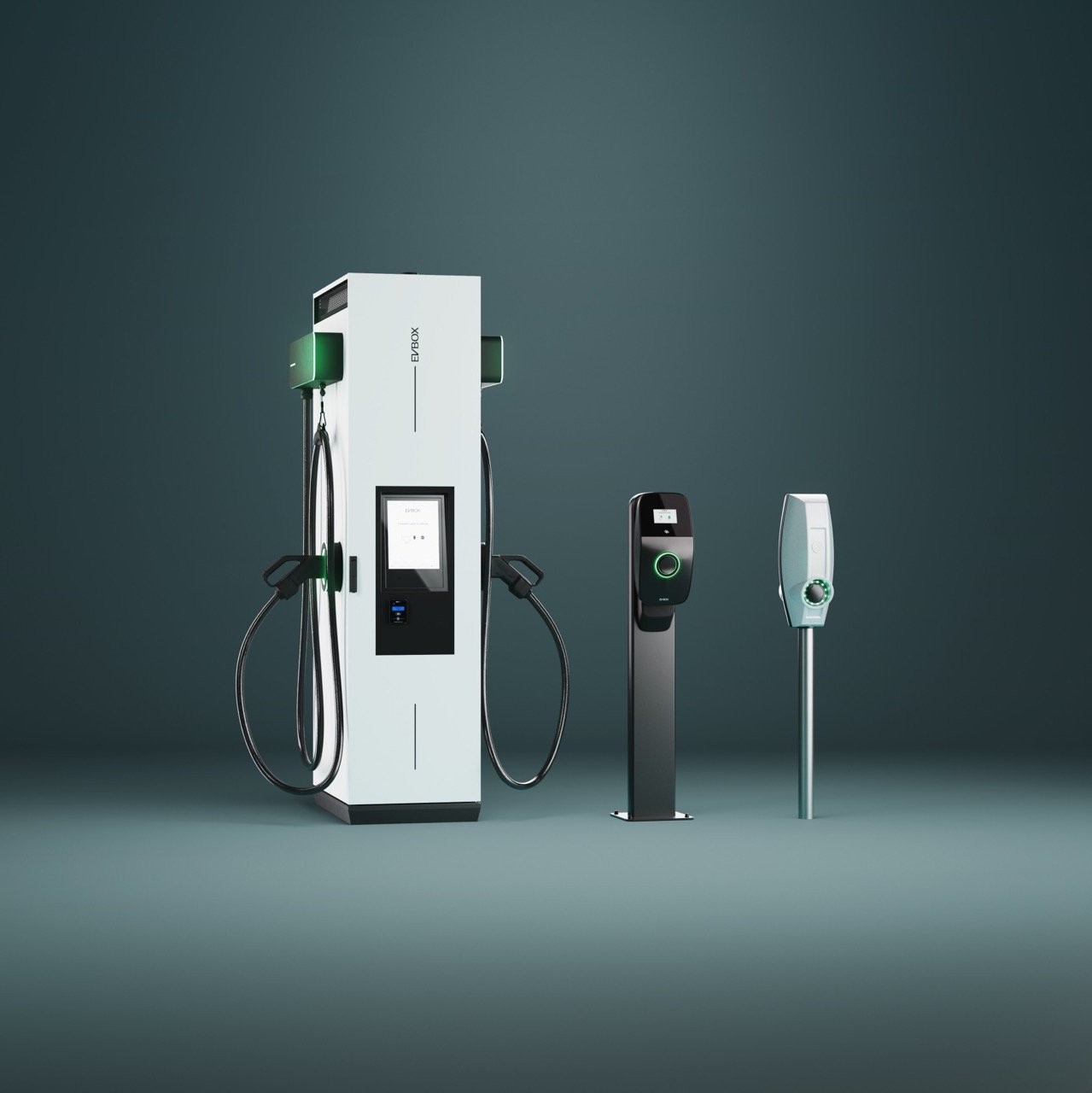Electric vehicles (EVs) are rapidly gaining popularity, and with good reason. They’re environmentally friendly, offer a smooth driving experience, and can save you money on fuel. But one question often comes up for both current and prospective EV owners: how do you charge them, and how long does it take? The answer lies in understanding the different levels of EV charging, and at the forefront of speed and convenience is Level 3 charging.
Just like your smartphone or laptop, EVs need to be plugged in to replenish their batteries. However, unlike small electronics, EVs require significantly more power. To address this, the industry has established three levels of charging, each delivering different power outputs and charging speeds. Level 3 charging, also known as DC fast charging or rapid charging, stands out as the quickest option available today, capable of adding significant range to your EV in a fraction of the time compared to Level 1 and Level 2 options.
Let’s break down the essentials of each level before diving deeper into the world of Level 3 Chargers.
Understanding the Basics: Level 1, Level 2, and Level 3 Charging
The core difference between Level 1, Level 2, and Level 3 charging lies in their power output, which directly impacts charging speed. Think of it like filling a water tank – a higher power output is like a wider pipe, allowing water (electricity) to flow in faster, thus filling the tank (EV battery) more quickly.
-
Level 1 Charging: This is the most basic form of EV charging. It utilizes a standard household outlet (120V in North America) and doesn’t require any specialized equipment. While convenient for topping off the battery, Level 1 charging is the slowest, typically adding only 3 to 5 miles of range per hour. It’s best suited for overnight charging at home when time isn’t a constraint.
-
Level 2 Charging: Level 2 charging is significantly faster than Level 1. It uses a 240V outlet (in North America, similar to what your dryer or oven uses) and requires a dedicated Level 2 charging station. These stations can be installed at home, workplaces, and public locations. Level 2 chargers deliver between 7.4 kW and 22 kW of power, adding around 20 to 60 miles of range per hour, making them a practical solution for daily charging needs.
-
Level 3 Charging: This is where Level 3 chargers come into their own. Also known as DC Fast Charging (DCFC), Level 3 charging is the fastest commercially available option. These powerful chargers utilize direct current (DC) and bypass the EV’s onboard charger to deliver high power directly to the battery. Level 3 chargers can output anywhere from 50 kW to upwards of 350 kW, adding 100 to 200 miles of range in just 30 minutes or less, depending on the vehicle and charger capabilities.
Decoding the Terminology: Level 3, DC Fast Charging, and Rapid Charging
The world of EV charging, especially Level 3 charging, can sometimes feel like it has its own language. You might hear terms like Level 3 charging, DC fast charging, rapid charging, ultra-fast charging, and even quick charging. While it can be confusing, the good news is that many of these terms are often used interchangeably to describe the same thing: high-powered, direct current charging that is significantly faster than Level 1 and Level 2.
Essentially, all these terms refer to charging stations that convert alternating current (AC) from the grid to direct current (DC) before it reaches your electric vehicle. This is a key distinction that explains why Level 3 charging is so much faster.
Level 3 Charging: Speed and Convenience Redefined
At its core, Level 3 EV charging is all about speed and convenience. Imagine you’re on a road trip, or you need to quickly replenish your battery during a busy day. Level 3 chargers are designed for these scenarios. Unlike Level 1 and 2 chargers that can take hours to fully charge an EV, Level 3 chargers can bring many EVs to an 80% charge in as little as 15 to 60 minutes.
This rapid charging capability makes Level 3 chargers ideal for:
- Highway Travel: Perfect for quick stops at highway rest areas to add significant range during long journeys.
- Urban “On-the-Go” Charging: Convenient for city dwellers who need a fast charge while running errands or during short breaks.
- Commercial and Business Applications: Essential for businesses like gas stations, convenience stores, and fleet operators (taxis, delivery vehicles) to offer rapid charging services or keep their fleets running efficiently.
How Level 3 Chargers Work: The Technical Advantage
To understand the speed of Level 3 charging, it’s crucial to grasp the fundamental difference in how they deliver power compared to Level 1 and Level 2 chargers. The electrical grid supplies power in the form of alternating current (AC). However, EV batteries can only store and use direct current (DC). Therefore, a conversion from AC to DC is always necessary.
-
Level 1 & Level 2 Charging: In these slower charging methods, the AC-to-DC conversion happens inside the electric vehicle using an onboard charger. This onboard charger has limitations on its power handling capacity, which restricts the charging speed.
-
Level 3 Charging: Level 3 chargers take a different approach. They house a powerful AC-to-DC converter within the charging station itself. This means the charger delivers DC power directly to the EV battery, bypassing the vehicle’s onboard charger and its limitations. By delivering DC power directly, Level 3 chargers can pump significantly more power into the battery, resulting in much faster charging times. While Level 3 chargers come in various designs and power levels, this principle of external AC-to-DC conversion remains consistent.
The Cost of Speed: Level 3 Charging Expenses
The convenience of Level 3 charging comes at a cost. Generally, Level 3 charging is more expensive than Level 1 or Level 2 charging. As of now, the average cost for a Level 3 charging session can range from $25 to $50 for a full charge, but this can vary greatly depending on several factors.
You’re essentially paying a premium for the speed and convenience. This higher cost also reflects the significant investment required to install and maintain Level 3 charging infrastructure, which is considerably more complex and expensive than Level 1 or Level 2 setups.
Several factors influence the final price you pay for Level 3 charging:
- Location: Charging costs can vary based on geographic location and electricity prices in that area.
- Pricing Model: Charging providers may bill you per kilowatt-hour (kWh), per minute of charging, or a combination of both.
- Membership vs. Pay-as-you-go: Some charging networks offer membership plans that can reduce charging costs, while pay-as-you-go options are also available for occasional users.
It’s important to be mindful of your EV’s charging capacity. Most EVs have a maximum DC charging rate they can accept. Even if you’re using a high-powered 350kW Level 3 charger, if your car’s maximum is 50kW, you’ll only receive power at 50kW. In such cases, paying a per-minute rate at an ultra-fast charger might not be the most economical choice. Balancing cost and convenience and understanding your vehicle’s charging capabilities are key to making the most of Level 3 charging.
EV Compatibility: Can Your EV Use a Level 3 Charger?
The good news is that most modern electric vehicles are compatible with Level 3 chargers. However, the maximum charging power each EV can handle varies significantly based on its battery technology and design. Some high-end EVs can handle up to 350kW, while others might be limited to 50kW or 150kW. Older EV models or those with smaller batteries might not be equipped for Level 3 charging at all. For example, vehicles like the Smart EQ Fortwo are not designed for Level 3 fast charging.
Tesla owners have their own proprietary Supercharger network, which is also a form of Level 3 charging. However, Teslas can also utilize public Level 3 charging stations, although some models might require an adapter.
To ensure compatibility and understand your vehicle’s maximum charging rate, it’s always best to consult your EV’s owner’s manual or the manufacturer’s website.
Level 3 Charging at Home: Not a Practical Option
While Level 3 charging is incredibly convenient, installing a Level 3 charger at home is generally not feasible for residential users. Level 3 chargers require extremely high power connections, often industrial-grade electrical infrastructure. The average household electrical service simply cannot provide the power levels needed for Level 3 charging. For context, a typical US home uses around 30 kWh of electricity per day, while Level 3 chargers can demand power outputs of 50kW to 350kW – far exceeding typical home electrical capacity.
Furthermore, Level 3 charging stations are significantly more expensive than Level 1 or Level 2 chargers, both in terms of equipment and installation. Their primary purpose is for public and commercial use, where rapid charging is essential.
For home charging, Level 2 chargers are the ideal solution, offering a balance of speed and practicality for overnight or daily charging needs.
Level 3 Charging and the Future of Electric Mobility
As electric vehicles become more mainstream and strive to match the convenience of gasoline cars, Level 3 charging plays a pivotal role in accelerating EV adoption. Range anxiety – the fear of running out of charge – remains a significant concern for potential EV buyers. The expansion of readily available and reliable Level 3 charging infrastructure is crucial to alleviate this anxiety and make EV ownership more appealing for a wider audience.
While Level 3 charging technology continues to advance, with newer ultra-fast chargers pushing power levels up to 400kW and beyond, making these stations as widespread and accessible as gas stations is the next major step. Increased availability of Level 3 chargers will not only reduce charging times but also build confidence in the feasibility of electric vehicles for all types of driving needs, paving the way for a future where electric mobility truly takes center stage.
In Conclusion: Level 3 chargers represent the pinnacle of EV charging technology, offering unmatched speed and convenience. While they come with a higher price tag and are not suitable for home installation, Level 3 charging stations are essential for long-distance travel, quick urban top-ups, and the overall growth of the electric vehicle market. As the infrastructure expands and technology evolves, Level 3 charging will undoubtedly be a driving force in making electric mobility the primary mode of transportation for the future.

